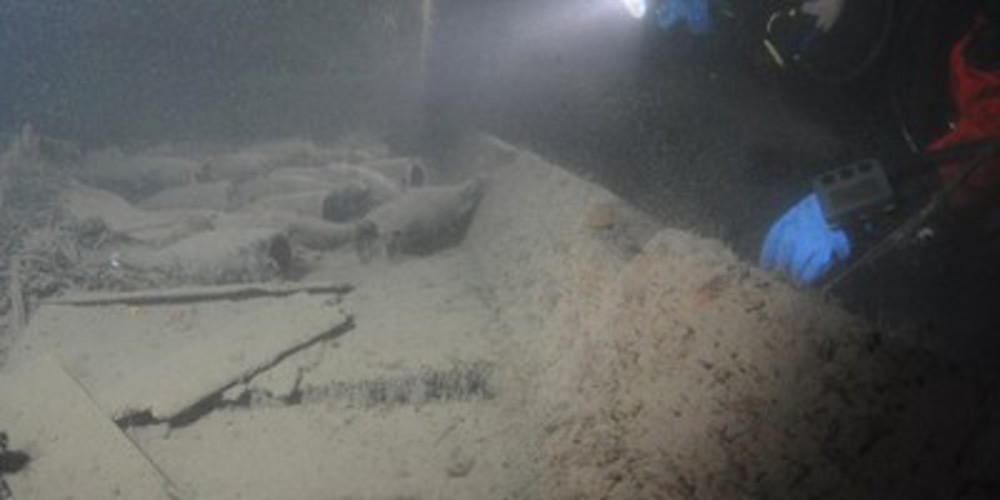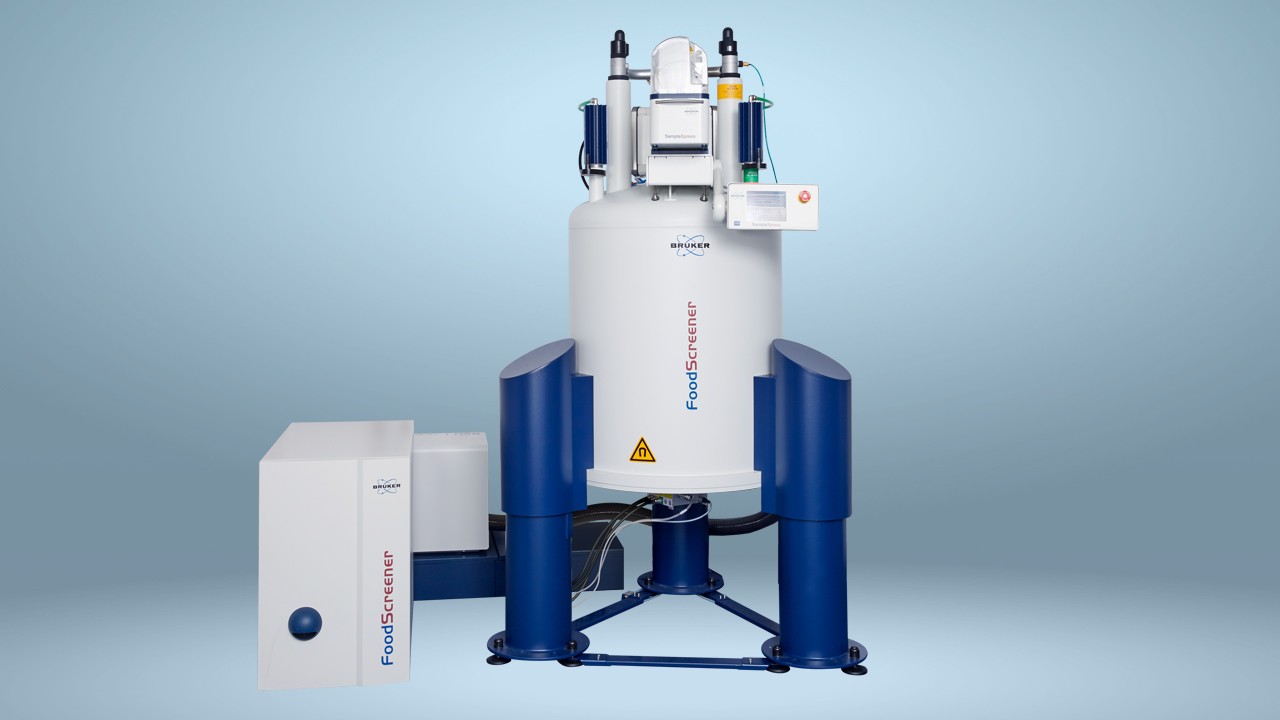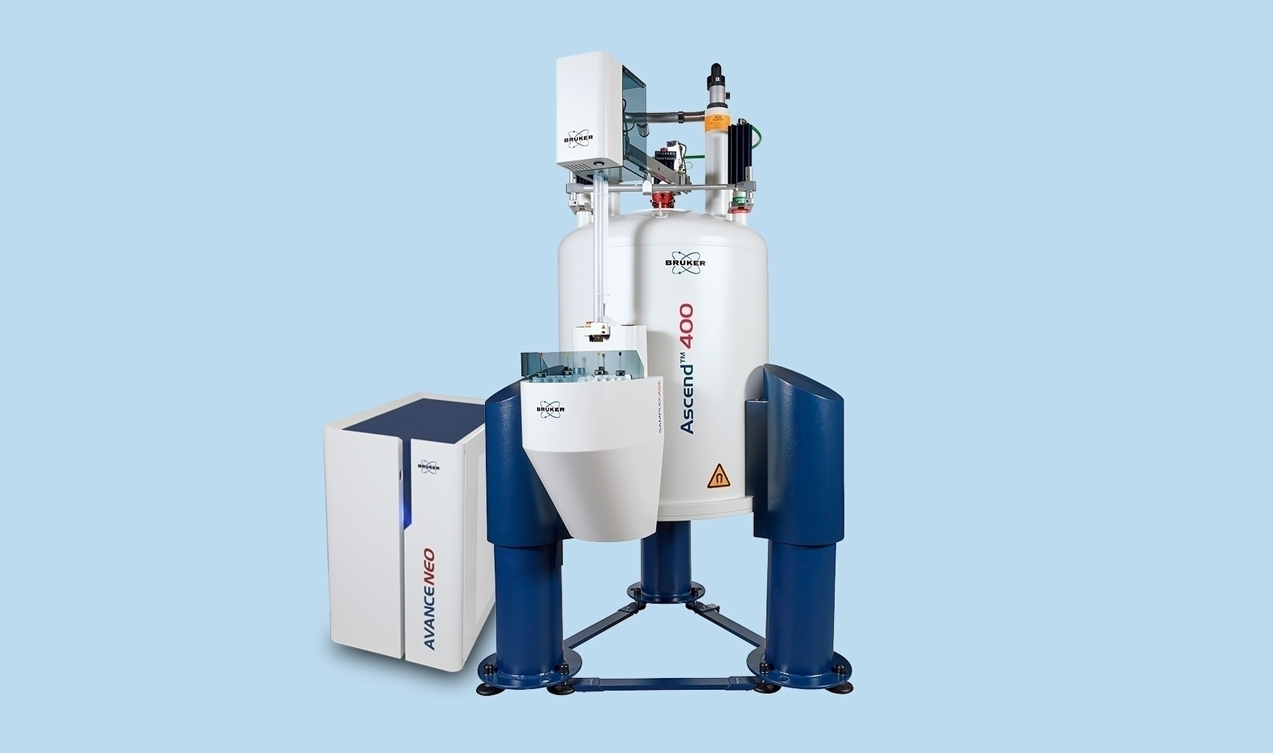

NMR Uncorks the Secrets of Historic Champagne Production
In 2010, divers made the discovery off the coast of Finland of what is thought to be the oldest champagne ever tasted. One hundred and sixty-eight bottles of 170-year-old champagne were found lying in a shipwreck on the floor of the Baltic Sea, giving scientists an unprecedented opportunity to understand the culture and methods of 19th century champagne-making.
With no labels on the bottles and no record of the shipwreck, chemical analysis techniques have helped to tell the story of the champagne’s journey, from vineyard to the seabed.
Nuclear magnetic resonance (NMR) spectroscopy provided some of the first insights into the differences between the production of the Baltic Sea champagnes and modern-day champagnes.
Using a Bruker BioSpin spectrometer, the researchers, led by Philippe Jeandet, performed a standard 1D pulse sequence on samples of three Baltic Sea champagnes and three modern champagnes, which gave them an overview of their molecular contents. Then, they performed a series of more detailed 2D analyses on one Baltic Sea and one modern champagne sample (both Veuve Clicquot) to gain a more complete metabolite profile of the drinks.
The researchers’ analyses confirmed that the alcohol content of the Baltic Sea champagnes was significantly lower than that of modern champagne, at 9.24-9.84% compared with 12.33%. The researchers say this finding is probably due to a combination of factors that hindered the fermentation process during which sugars in the grapes are converted into alcohol. This includes the generally colder conditions in which the older champagnes were produced (partly due to the cooler climate of the 19th century generally and also due to the first alcoholic fermentation taking place later in the year than it does nowadays), the lower sugar content of the grapes grown in these conditions and the greater efficiency of modern-day yeasts.
Another difference highlighted by the NMR analyses was the presence of a high malic acid and lactic acid content in the Baltic Sea champagne. These days the conversion of malic acid into lactic acid – a process known as malolactic fermentation (MLF) – is carefully controlled for by the addition of a bacterium which lowers the acid content of the wine. However, the findings highlighted that in these 19th century champagnes, this now widely used technique was not employed and MLF was allowed to go unchecked.
NMR spectroscopy also helped solve a mystery over the origins of the sugar used to sweeten the champagnes. Champagne can be sweetened with sugar beet, sugar cane or grape juice. The researchers knew from correspondence from Madame Clicquot – Veuve Clicquot herself – that she preferred not to sweeten the champagne with sugar beet. And, NMR analysis revealed the presence of riboses, which are not found in cane syrup but are present in grape juice.
However, this did still not fully resolve the issue as the sugar content of grape juice is insufficient to achieve the high levels of sugar found in the Baltic samples. By pairing this information with another NMR finding – high concentrations of furfural derivatives associated with caramelization – the researchers were able to find strong evidence that the grape juice was heated to form a more concentrated grape syrup.
Bruker technology, as used in this research, is ideal for providing these kinds of results. The most recent Bruker Avance III HD spectrometer uses cutting-edge digital technology to deliver the most advanced RF generation in the industry. And, with a high dynamic range, high digital resolution and large bandwidth digital filtering, it can provide fast results with optimum sensitivity.
A further analysis method – Fourier transform ion cyclotron resonance/mass spectroscopy (FTICR/MS) – also revealed some interesting insights into the champagne’s production. The researchers used a Bruker solariX with an Apollo II electrospray ionization source to provide them with high-resolution magnetic spectra with exceptional mass accuracy. This technology delivers analytical power far beyond that of traditional commercial spectroscopy, providing access to chemical information that would previously have gone undiscovered.
As well as revealing the presence of wood markers that indicate fermentation probably took place in wooden barrels, this method also showed remarkably low levels of acetic acid in the Baltic Sea samples. This was an interesting finding because these levels are an indicator of wine spoilage due to bacteria – something that modern-day wine producers make significant efforts to prevent. But, in fact, levels of acetic acid were similar in the Baltic Sea samples to the modern samples and the discovery of similar levels of sulfite metabolites suggest that 19th century winemakers were already adding these compounds to their product to help protect them from spoilage.
Taken together, the results of the study show how archaeochemistry, by applying the most recent analytical techniques to the oldest of samples, provides an exceptional method to better understand aspects of human history. By combining traditional targeted chemical analyses with nontargeted approaches, such as NMR, the researchers were able to produce a uniquely comprehensive characterization of these champagnes’ contents and reveal secrets of winemaking history that had – up till then – lain on the seafloor.
One possible planned itinerary for the boat. Courtesy of Visit Åland
A few of the 168 bottles found in the Baltic Sea at a depth of about 50 m, in nearly ideal slow-aging conditions in terms of temperature (2–4 °C), darkness, low salinity, and high pressure. Courtesy of Visit Åland
Branded engravings on the cork surface that is in contact with the wine (mirroir in French). The representation of the 1811 great meteorite attests to the bottles having been corked after 1811. Courtesy of Visit Åland.
Reference:
Jeandet P, et al. Chemical messages in 170-year-old champagne bottles from the Baltic Sea: Revealing tastes from the past. Proc Natl Acad Sci U S A 2015; 112: 5893-5898.


